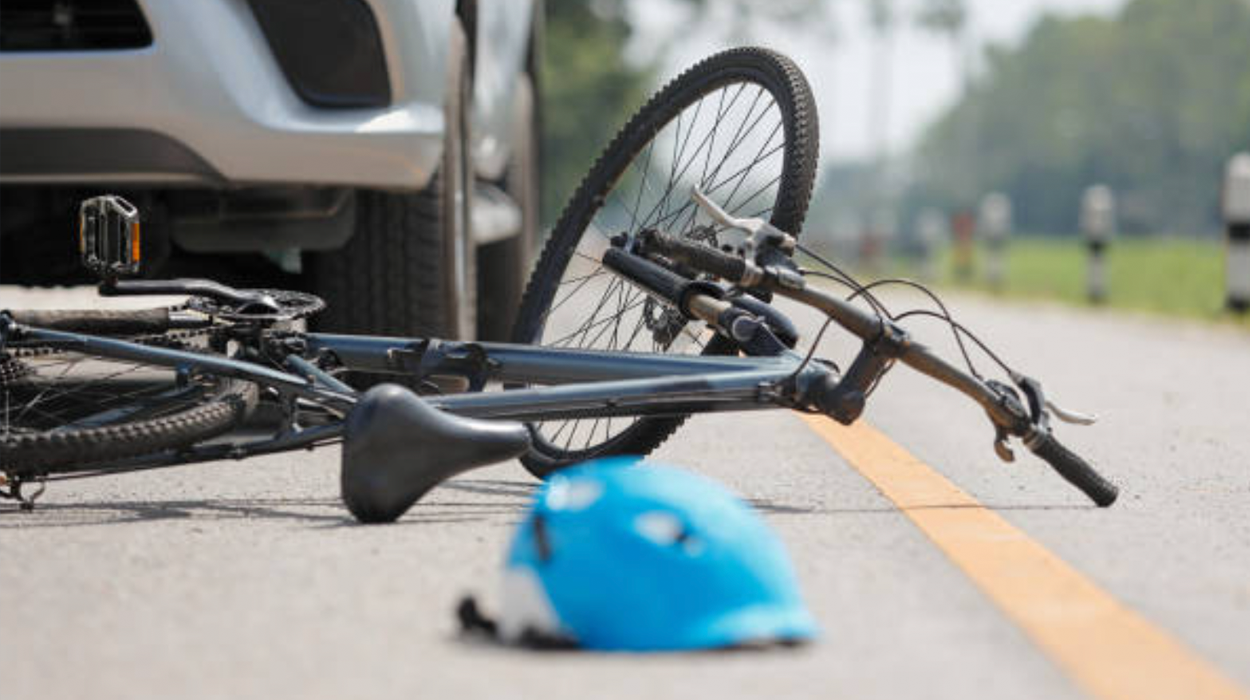McSweeney’s bringing some hard truths with this one. We could all be doing better.
You forgot to go back in time and tell people that subsidizing the oil industry might be a bad idea.
When the oil and auto industries teamed up to bend public policy to their will, making a system of roads and parking lots that now function as a continuous subsidy and magnificent symbol of the normalization of injury and pollution, you had a lot of options. You could have objected. You could have shifted public opinion. Instead, you weren’t even born yet. And, rather than go back in time, all you’ve been doing is riding to get groceries and occasionally saying, “Please stop killing us.” On the effort scale? 1/10.



In most places in the US we have pedestrians, vehicles, and bicycles all mashed together in close proximity. Statistically, there will be people killed by drivers who did nothing wrong.
Hell, there will be people killed by drivers because the pedestrian/cyclist did something stupid like run into traffic.
This law would cause a lot of harm to innocent people and I’m glad we don’t have it.
Oh man, this is old, but it didn’t pop up as a notification in my app.
Anyway, I think we should apply strict liability standards to driving, like the Netherlands does, and here’s why:
First, it’s a concept that applies to torts in civil courts, not criminal courts. Nobody would be going to jail for something not their fault. The remedy in tort law is usually monetary damages, so briefly, it would at worst cause insurance rates to go up.
The higher insurance rates would apply more to bigger, heavier, taller vehicles which do more damage to vulnerable road users. That would put a downward pressure on the size of vehicles, which protects everybody.
And, as I see it, nobody is blameless in a collision. Wisconsin (and many other states) has a “modified comparative negligence” system, which assigns damages in court based on each party’s percentage of fault. It assigns a certain, low percentage of blame to each party in a collision just for being on the road. So, by that same principal, choosing to drive a vehicle per se assigns fault to the driver. In the case of hitting a vulnerable road user, that decision is almost solely responsible for the severity of the other person’s injuries. It might’ve been their fault, but crushed bones is not a fair and just consequence for a moment of inattention by a kid.
To avoid rambling on longer, the upshot is that I’d trade higher insurance rates for saving children’s lives.